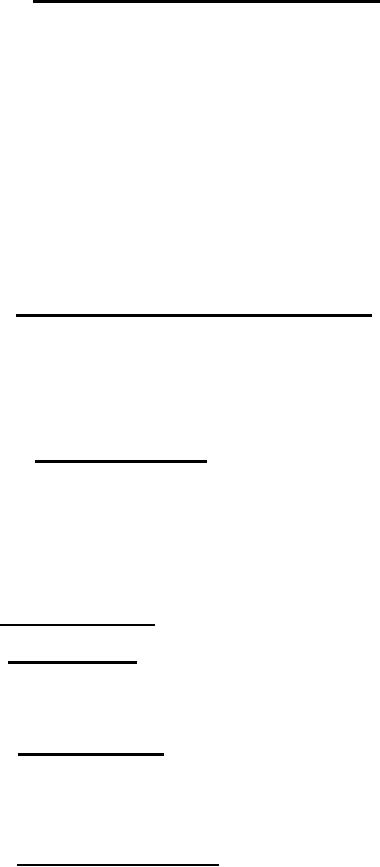 |
|||
|
Page Title:
Qualification of special packing glands |
|
||
| ||||||||||
|
|  MIL-G-5514G
3.1.4.2 Other than nominal sized installations. Glands of sizes other than
nominal will be referred to as nonstandard herein. The use of nonstandard
gland cylinder bores, piston rods, etc., shall be held to a minimum
consistent with the design performance and weight considerations of the
component. When a nonstandard bore or rod is used, the closest standard
packing dash number shall be selected as determined from the nominal packing
size as listed in table I. The selection of packing size in a nonstandard
gland shall be based primarily on the consideration of performance. The
nonstandard groove diameter and dimensions pertaining thereto should be
calculated in the same manner as for standard nominal glands by the formulas
of Table I. However, where o-rings are stretched, consideration should be
given to low-temperature leakage, since the stretch and shrinkage combine in
reducing the O-ring's cross-sectional area. In addition, when using,
nonstandard gland dimensions, great care in the selection of a nonextrusion
device must be taken. For example MS28782 rings cannot be used
indiscriminately on nonstandard gland dimensions.
3.1.5 Qualification of special packing glands. When packing gland designs
differ from the recommended design practices as given in this section, or
design conditions in the component dictate, the particular gland shall be
qualified by tests suitable to the procuring activity. The Service will base
their requirements for such tests on past Service experience and laboratory
tests, and may require the use of particular makes of approved packings,
gaskets, and fluids in the qualification tests.
3.1.5.1 O-ring installation. Service experience has shown that low squeeze
0-ring installations designed to provide reduced 0-ring friction are
unsatisfactory, although the low squeeze installation may have passed
qualification tests. For this reason, a design o-ring squeeze that is less
than the minimum value specified tin Table I shall be tested to adverse
tolerances. This shall be accomplished by the use of MIL-M-5606 low swell
fluid specified by the Services and machining the ()-ring gland to provide the
low limit of design O-ring squeeze.
3.2 Standard packings.
3.2.1 Type I Systems. All packing used in hydraulic equipment for Type I
systems, designed in accordance with this specification, shall be standard
approved packing conforming to MS28772 and MIL-P-5516, MS28778 and MIL-P-551O,
and MS28775 and MIL-P-25732.
3.2.3 Type III Systems. Since there are no standard packings presently
available for use in Type III hydraulic system equipment, any packing
installation selected for this temperature range shall be qualified. Itd in
the component and subsequently approved by the procuring activity based on the
component qualification test.
3.2.4 Use of 0-ring packings. O-ring packings are intended for use as static
or running seals in hydraulic system components. If used as running seals
without nonextrusion devices, the O-ring seals shall be used Figure 1. only at
operating pressures not greater than 1,500 psi in Types II II, and III
systems, unless the extrusion gap is maintained small enough to prevent
extrusion of the Cl-ring for the life of the component at the highest pressure.
Usage with nonextrusion devices is specified in 3.4. O-ring packings may be
used for static seals. Design and installation details for such use are
specified in 3.5.
5
|
|
Privacy Statement - Press Release - Copyright Information. - Contact Us |